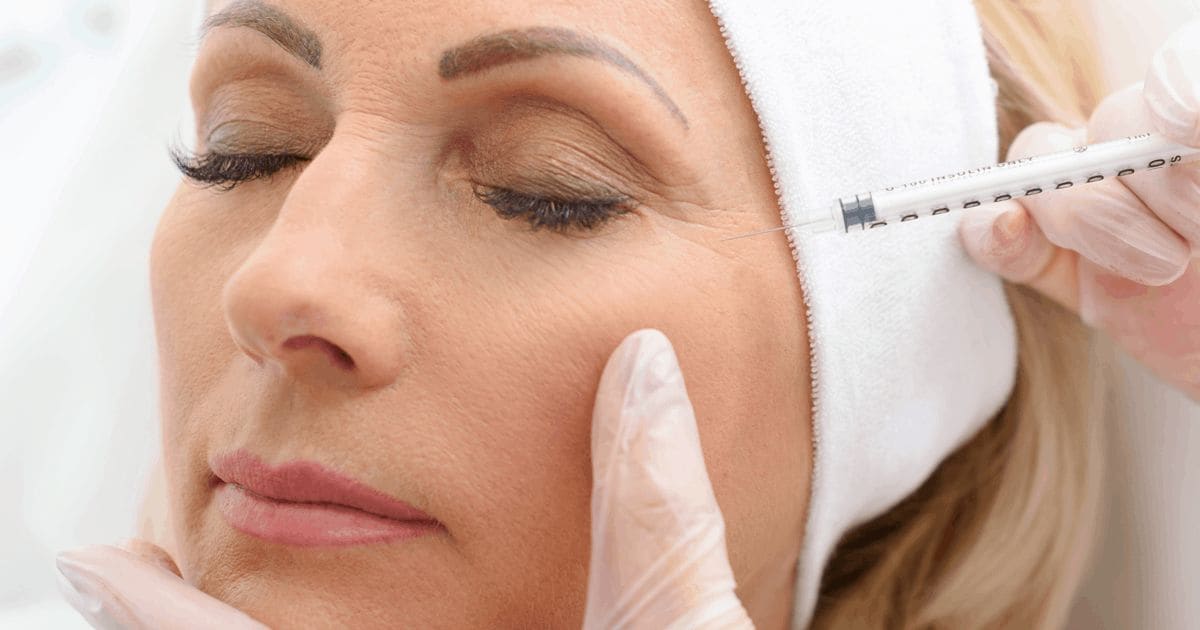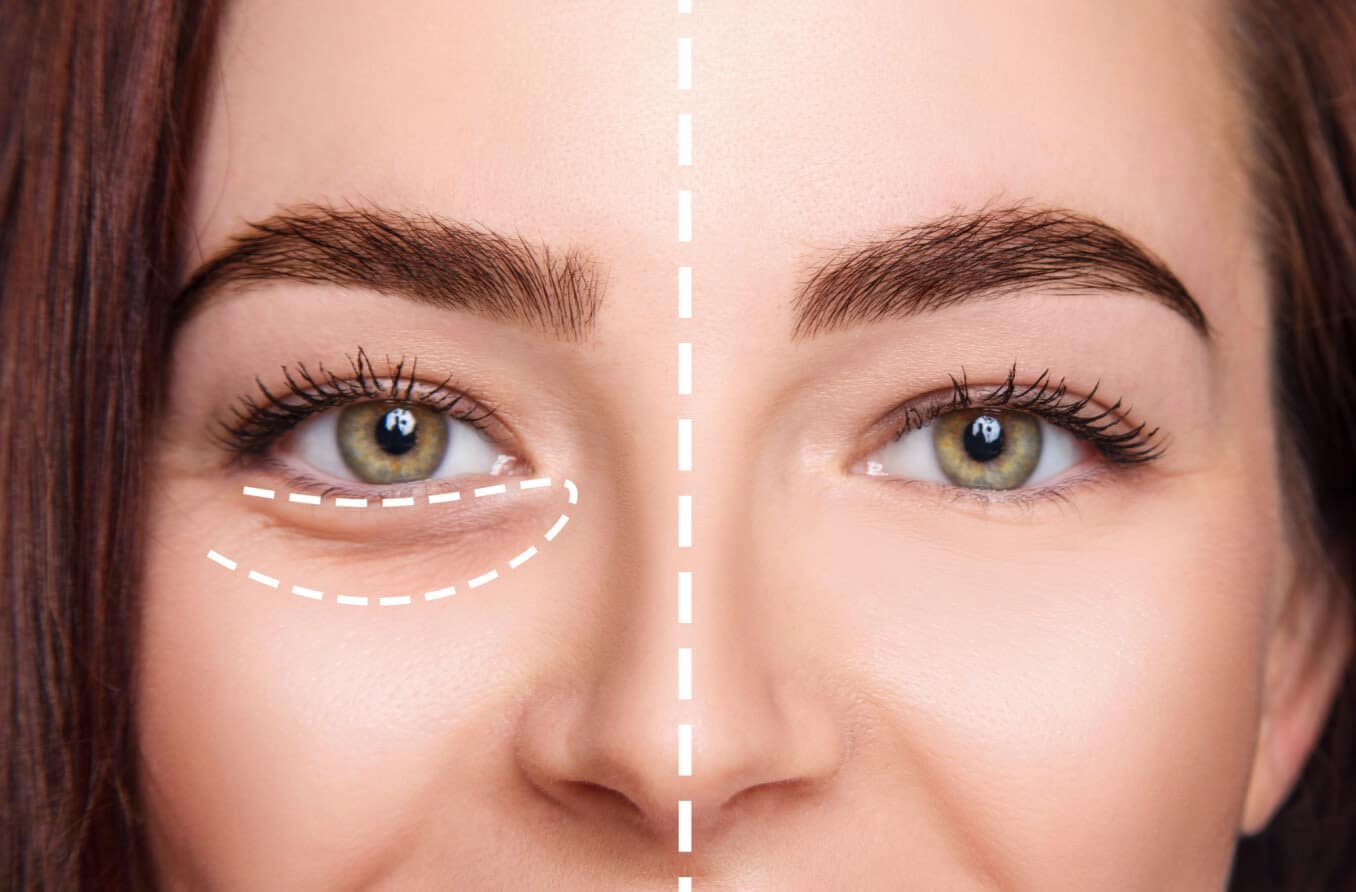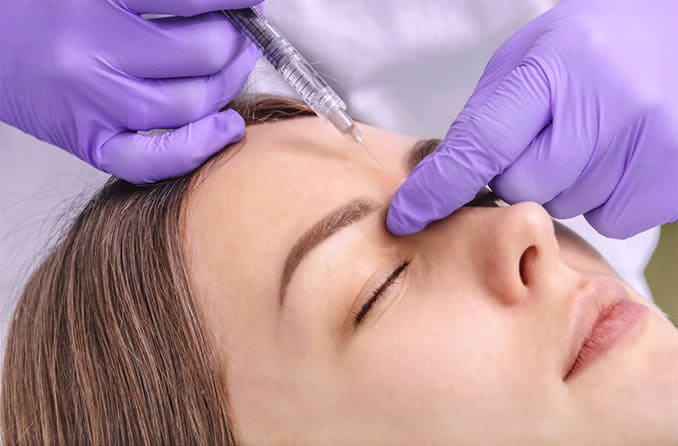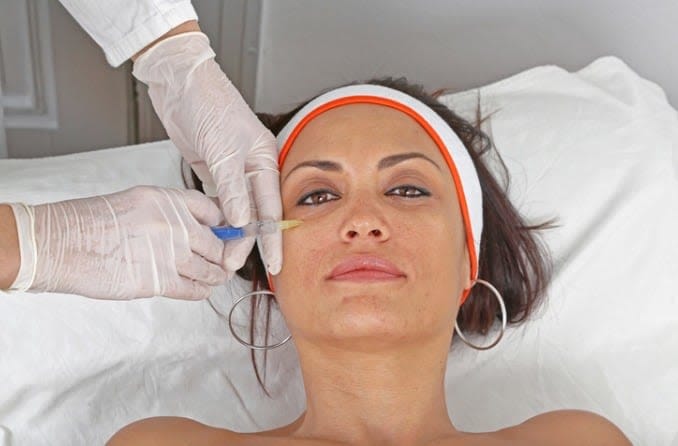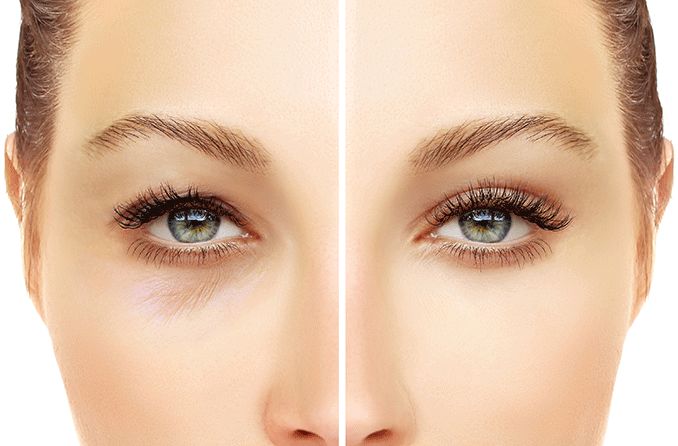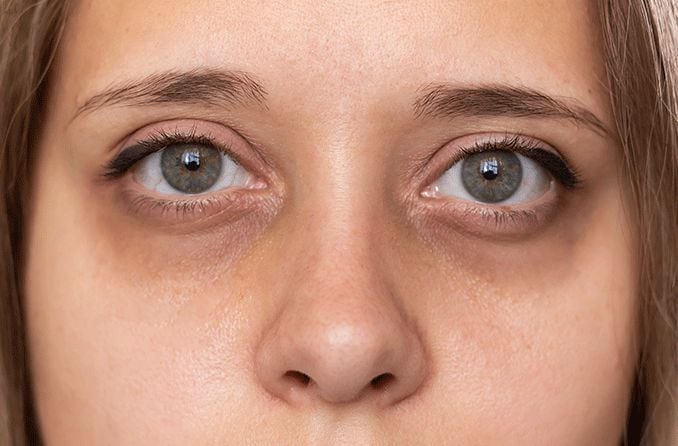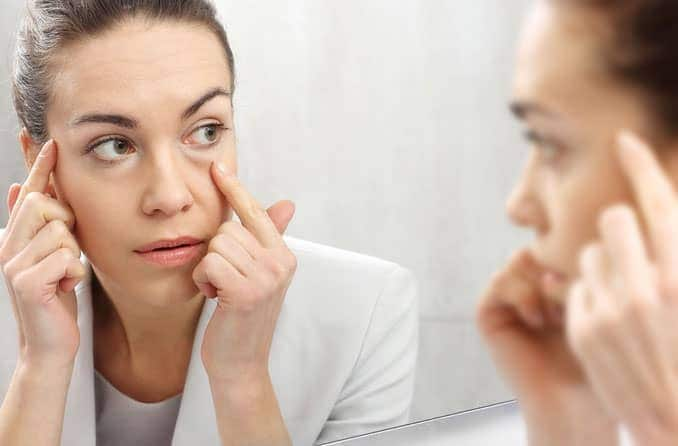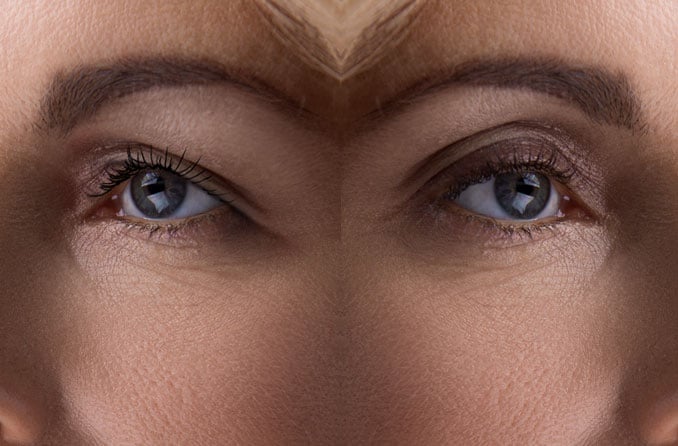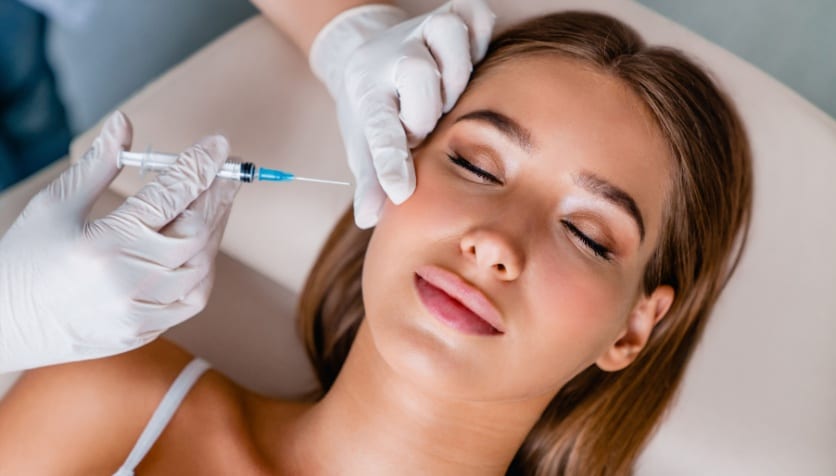You may have read about Botox Cosmetic in advertisements, blogs and celebrity gossip magazines, or heard about it from your friends. But there are a lot of misconceptions about Botox treatment and how it is used.
Botox Cosmetic has been available by prescription in the United States since the FDA approved it in 2002. The exact same Botox injected for medical purposes (such as uncontrolled muscle spasms) was first approved by the FDA in 1989.
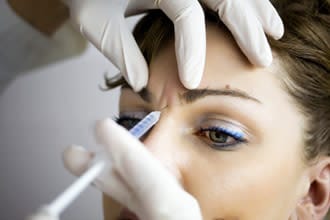
Botox Cosmetic is FDA-approved to smooth the frown lines between your eyebrows, though it is used off-label for other facial wrinkles as well.
In 2017, botulinum toxin was the top nonsurgical cosmetic procedure in the U.S., with 1,548,236 injections (of Botox, Dysport and Xeomin) performed by physicians and their physician assistants and nurse injectors. That is up 30 percent from the 1,190,995 botulinum toxin injections performed in 2012.*
In this article we present only the facts, as well as recommendations from respected medical professionals. After reading this article, contact your doctor for answers to questions about your botox injection regimen, reactions and concerns.
What is botox cosmetic?
Botox is used for three main purposes: muscle spasm control, severe underarm sweating and cosmetic improvement. In this article we concentrate on the third use, achieved with the product called Botox Cosmetic, which contains botulinum toxin type A (the active ingredient), human albumin (a protein found in human blood plasma) and sodium chloride.
Botox Cosmetic is used for the temporary smoothing of "frown lines," which are the lines between your eyebrows that can make you look tired, unhappy or angry.
It is FDA-approved for this use and in this area only. However, it is often used off-label for horizontal forehead lines, crow's feet, marionette lines at the corners of the mouth and smoker's lines around the lips.
Don't confuse Botox Cosmetic with injectable fillers. Dermal fillers work differently, plumping up tissues so that lines and wrinkles diminish or disappear (Restylane, Radiesse and Juvéderm are examples).
Your practitioner can help you decide which product(s) will solve your particular appearance issues, though as a general rule, Botox is used mostly in the upper portion of the face, and fillers are used mostly in other areas.
Are you a good candidate for Botox
In the United States, the FDA has approved Botox Cosmetic for people aged 18 to 65. But you shouldn't use it if you:
- Are allergic to any ingredients in Botox or Botox Cosmetic
- Are allergic to another botulinum toxin brand (such as Myobloc, Xeomin or Dysport) or had any side effect from these products in the past
- Have a skin infection or other condition in the injection area
- Have ALS (Lou Gehrig's disease), myasthenia gravis, Lambert-Eaton syndrome or another disease that affects your muscles or nerves
- Have breathing problems, such as asthma
- Have difficulty swallowing
- Have bleeding issues
- Plan to undergo surgery
- Have had facial surgery
- Have weakness in your forehead muscles
- Have drooping eyelids
- Are taking or have recently taken certain medications, vitamins or supplements (see below)
Botox Cosmetic is not expected to travel far enough through the body to affect a fetus or breastfeeding infant. However, for ethical reasons, clinical studies have not been done on expectant or new mothers, so nobody knows for sure.
Therefore, the manufacturer (Allergan) advises that you should not have Botox injections if you are planning or trying to conceive a child, are pregnant, are planning to breastfeed or are currently breastfeeding. It's better to be safe, and you can always have Botox later on.
How Botox injections work
A wrinkle in the skin is typically formed perpendicular to a contracting muscle located directly beneath it. For example, the muscle in the forehead is a vertical muscle, and when it contracts (such as when you raise your eyebrows), the lines that form (wrinkles) will be horizontal.
Likewise, the two muscles that are responsible for the frown lines are positioned slightly horizontally between the eyebrows, so when they contract, the frown lines appear vertical.
Botox Cosmetic is injected into muscles, where it blocks nerve impulses to those tissues. The muscle activity that causes the frown lines is reduced, and a smoother look results. Without a contracting muscle beneath it, the skin has a difficult time wrinkling.
Facial lines that exist when your face is totally relaxed are not very good candidates for Botox. These lines are better handled by the dermal fillers. Botox can frequently "soften" these lines but not always get rid of them.
The injections take about 10 minutes, and you should have no downtime afterward.
Normally you would see improvement within a few days. Botox requires two to four days for it to attach to the nerve ending that would normally stimulate the muscle to contract. The maximum effect usually occurs at about 10-14 days. Therefore, whatever effect is obtained two weeks after the injections should be considered the maximum effect that is going to occur.
Is Botox painful?
Any injection can hurt, but the needles used for Botox injections are very small, so pain is usually minimal. The area can be numbed with a topical anesthetic cream or cold pack 10-20 minutes before the injections are given, so you may not feel much pain, if any.
You may feel a little discomfort later, once the anesthetic cream has worn off. Other side effects are listed below.
How often should you get Botox injections?
You're probably wondering how long Botox lasts. Most people see effects for three to four months, but several factors may shorten or lengthen that period:
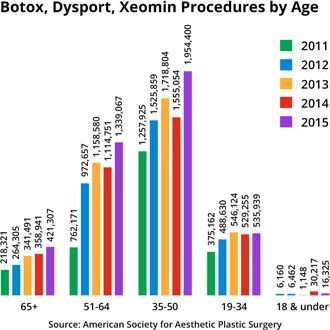
- Your age. Older people with less muscle tone may see results diminish sooner than those with younger, firmer facial muscles.
- Your facial structure and expressions.
- Whether you smoke.
- Your diet.
- Whether you take good care of your skin; use facials, microdermabrasion or other resurfacing methods.
- How much sun you get and how much sun damage your skin already has.
- Whether you use Botox repeatedly or not. However, this seems to differ from one person to another. Some obtain a longer-lasting effect with repeated use, while others seem to develop a resistance to the drug and need more frequent treatments.
Doctors disagree on which of the above factors are the most important so it's a good question to ask your practitioner. In any case, it is not recommended to have injections in the same injection site (such as for crow's feet) more frequently than every three months.
As with the injection of any medication, your body's immune system can develop antibodies to the medication, which render the drug less effective or possibly cause development of an allergy to the drug. The more frequently the drug is injected or the more quantity that is injected, the higher the risk for these antibodies to be formed against the drug.
Botox side effects
Potential Botox side effects include pain at the injection site, infection, inflammation, swelling, redness, bleeding and bruising. Some of these symptoms may indicate an allergic reaction; other allergy symptoms are itching, wheezing, asthma, a rash, red welts, dizziness and faintness. Tell your doctor immediately if you have any breathing issues or a faint or dizzy feeling.
Also, dry mouth, fatigue, headache and neck pain have been reported.
You may have heard of other side effects as well, such as numbness, droopy eyelids, muscle spasms or twitching, and migration of the substance.
Numbness as an absence of physical sensation is not really an issue with Botox, because Botox is not an anesthetic. Numbness as the result of the inability to move a muscle is an issue for some people.
Muscle spasms in the area of the Botox injections do not occur while the Botox is effective. After all, Botox is used to treat spasms related to benign essential blepharospasm, hemifacial spasm, cerebral palsy, fibromyalgia and temporomandibular joint disorder.
It is possible for the Botox to spread a little beyond the intended injection site and affect surrounding tissues. For example, if you receive injections into the forehead close to your eyebrows or your upper eyelids, they could be affected and may droop temporarily.
SEE ALSO: Dr. Charles Slonim Answers Your Questions About Botox >
The best practitioners know the correct sites of injection to avoid side effects such as droopy eyelids. A small, highly concentrated dose of Botox dose is less likely to spread from the injection site than a large diluted dose.
This underscores the importance of finding a practitioner who has long experience with giving Botox injections. Also, if you have any questions about your Botox treatments, your doctor is the one who knows the specifics of your regimen to best assess any reactions or concerns you may have.
How to avoid Botox side effects
The list of possible side effects mentioned in this article is a long one, but it would be extremely rare for anyone to experience all of them. And following these six tips will minimize or prevent most Botox side effects:
- Make sure your practitioner is very experienced at Botox injections and is a respected medical professional. A salon stylist, for example, is not an appropriate person to administer Botox, because he or she would not have emergency equipment or sufficient medical knowledge if something went wrong. Some disreputable people have reportedly administered injections that were over- or under-diluted with saline, as well as counterfeit solutions that didn't contain Botox at all.
- Before having injections, tell your practitioner about any health problems you have.
- Tell your practitioner about medications, vitamins, herbal preparations or other supplements you take, since some combinations of these supplements with Botox could cause serious side effects. It's especially important to mention having taken injected antibiotics, muscle relaxants, allergy or cold medicines and sleep medicines.
- Follow your practitioner's pre- and post-injection instructions very carefully.
- Report all side effects — especially those that are bothering you or won't go away.
- Beware of Botox injections at a "Botox party" at someone's house. You need to be in a medical setting, where any side effects can be treated immediately. You may not see the final effects of the injections during the party anyway, as they usually take a few days. A Botox party isn't such a bad idea if it's held by a doctor in a medical setting, but even then there's a risk of the doctor's attention being divided between you and the other attendees.
Is Botox safe for your eyes?
Botox also is used to treat eye muscle problems (strabismus) and uncontrolled eyelid twitching (blepharospasm), and it was developed and FDA-approved for these uses with eye safety in mind.
Of course, precautions are necessary to prevent possible Botox Cosmetic side effects such as droopy eyelids, double vision, blurred vision, decreased eyesight, eyelid swelling and dry eyes. If you have any of these issues after an injection, report them to your eye doctor and your physician.
Botox cost
The cost of Botox Cosmetic injections varies from one place to another and from one practitioner to another, so you'll need to ask your practitioner what he or she charges.
Some practitioners charge by the number of units injected. One vial of Botox Cosmetic contains 100 units. Advertised specials of $6-$7 per unit are not uncommon, while some practitioners may charge up to $10-$12 per unit.
Some practices charge by the "zone." For example, the frown lines would be one zone, the crow's feet another zone and the forehead yet another zone.
Prices per zone may vary between $250 and $350, depending on the practitioner and/or the region of the country.
If this article didn't answer all your questions about Botox Cosmetic, check out our Botox FAQs page. And, of course, if you still have questions about your Botox injections – including reactions and concerns – contact your doctor.
More information about Botox also can be found at the American Society for Aesthetic Plastic Surgery website.

